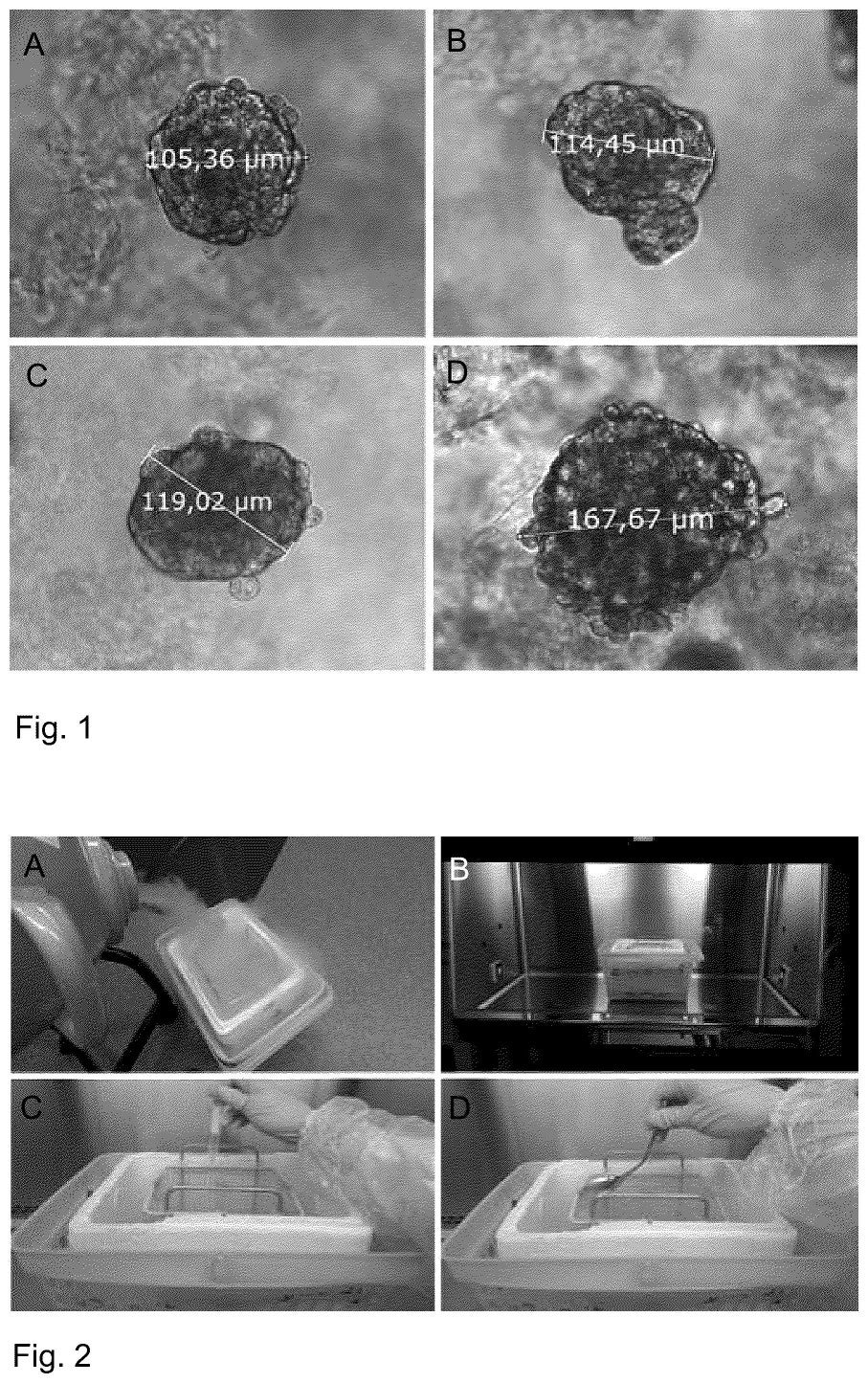UPM-Kymmene has patented a method for freeze-drying cells in a hydrogel with nanofibrillar cellulose. The process involves combining cells with the hydrogel and freeze-drying to obtain dried cells in the hydrogel. The patent also covers freeze-dried hydrogels with nanofibrillar cellulose and cells. GlobalData’s report on UPM-Kymmene gives a 360-degree view of the company including its patenting strategy. Buy the report here.
According to GlobalData’s company profile on UPM-Kymmene, Microscale biofuel reactors was a key innovation area identified from patents. UPM-Kymmene's grant share as of March 2024 was 48%. Grant share is based on the ratio of number of grants to total number of patents.
Freeze-drying extracellular vesicles in nanofibrillar cellulose hydrogel

A recently granted patent (Publication Number: US11969505B2) discloses a method for freeze-drying extracellular vesicles in a hydrogel containing nanofibrillar cellulose. The process involves combining the extracellular vesicles with the nanofibrillar cellulose hydrogel to form a vesicle system, which is then freeze-dried to obtain freeze-dried extracellular vesicles in an aerogel comprising freeze-dried nanofibrillar cellulose. The nanofibrillar cellulose used can be anionically modified, cationically modified, unmodified, or TEMPO oxidized nanofibrillar cellulose.
Furthermore, the patent claims include the addition of cryoprotective and/or lyoprotective agents to the vesicle system, such as trehalose, glycerol, or polyethylene glycol. The concentration of nanofibrillar cellulose in the hydrogel before freeze-drying, the moisture content of the dried hydrogel, and the content of extracellular vesicles in the freeze-dried aerogel are specified in the claims. The freeze-dried aerogel obtained through this method can contain extracellular vesicles like exosomes or microvesicles, along with the specified nanofibrillar cellulose variants, cryoprotective agents, and trehalose and glycerol as lyoprotective agents. The properties of the nanofibrillar cellulose, including its fibril diameter and rheological characteristics, are also detailed in the patent claims, emphasizing the specific parameters required for the successful freeze-drying process.
To know more about GlobalData’s detailed insights on UPM-Kymmene, buy the report here.
Data Insights
From

The gold standard of business intelligence.
Blending expert knowledge with cutting-edge technology, GlobalData’s unrivalled proprietary data will enable you to decode what’s happening in your market. You can make better informed decisions and gain a future-proof advantage over your competitors.



